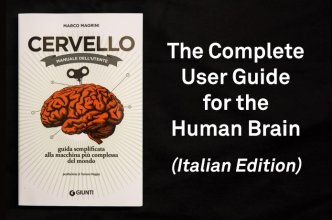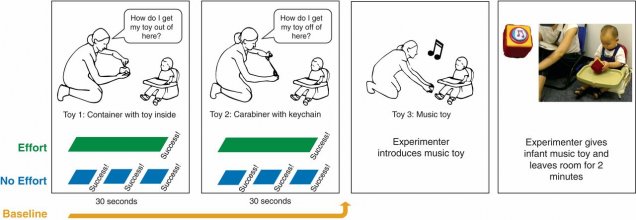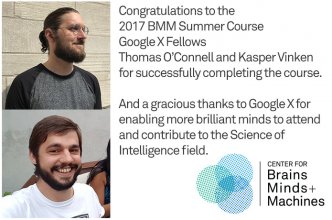Home Page Spotlights
On Dec. 15, 2017, Jeff Hawkins (Numenta) will discuss a theory that sensory regions of the neocortex process two inputs: 1) the sensory data arriving via thalamic relay cells; and 2)Jeff will propose the second is a representation of allocentric location.
“We have a manual for all the machines we possess, but the most important one.” After such a trivial thought – conceived during his stay at CBMM, in 2014 – Italian journalist Marco Magrini wrote a book about the human brain, mocking an appliance manual.
"Autonomous cars and Go-playing computers are impressive, but we’re no closer to machines that can think like people, says neuroscientist Tomaso Poggio." | EmTech MIT 2017, Nov. 7, 2017
This award honors outstanding researchers who are recognized as making significant contributions to the field of Computer Vision over longtime careers. This award is in memory of the late computer scientist and mathematician Prof. Azriel Rosenfeld.
Celebrating another exciting year of the BMM Summer Course where we are creating a community of leaders in the Science of Intelligence who are equally knowledgeable in neuroscience, cognitive science, and computer science. (photo of the class of 2017)
On Fri., Nov. 11, 2017, Prof. Klaus-Robert Müller (Technische Universität Berlin) will discuss the topic of ML applications in the sciences, in particular in neuroscience, medicine and physics.
MIT News features Tenenbaum Lab research. Related scientific paper was published in Psychological Science, Oct. 17, 2017.
This award promotes “cross-cutting, interdisciplinary approaches that could potentially create or challenge existing paradigms.”
Infants make more attempts to achieve a goal when they see adults persist. Science, Sept. 22, 2017
Study finds infants try harder after seeing adults struggle to achieve a goal. by Anne Trafton | MIT News Office
The 2017 nomination process is underway. The CBMM thrust leaders will nominate student candidates and a nominating committee will then select the 2017 Siemens Fellow. Read more about this wonderful collaboration between CBMM and Siemens Research.
From the Livingstone lab, an important result in the requirements for the formation of face domains was just published in Nature Neuroscience.
Congratulations to Thomas O'Connell and Kasper Vinken for a successful completion of this year's BMM Summer Course. And a gracious thanks to Google X for enabling Thomas and Kasper's participation.
Congratulations to Heather Kosakowski for a successful completion of this year's BMM Summer Course. And a gracious thanks to the Hidary Foundation for enabling Heather's participation.
9.523/6.861 Science of Intelligence explores the problem of intelligence- its nature, how it is produced by the brain and how it could be replicated in machines -with an approach that integrates computational modeling, neuroscience and cognitive science.












![Seeing faces is necessary for face-domain formation [Nature] Seeing faces is necessary for face-domain formation [Nature]](https://cbmm.mit.edu/sites/default/files/styles/all_home_page_spotlights_/public/home-feature/seeing-faces.jpg?itok=v0XOStkS)


